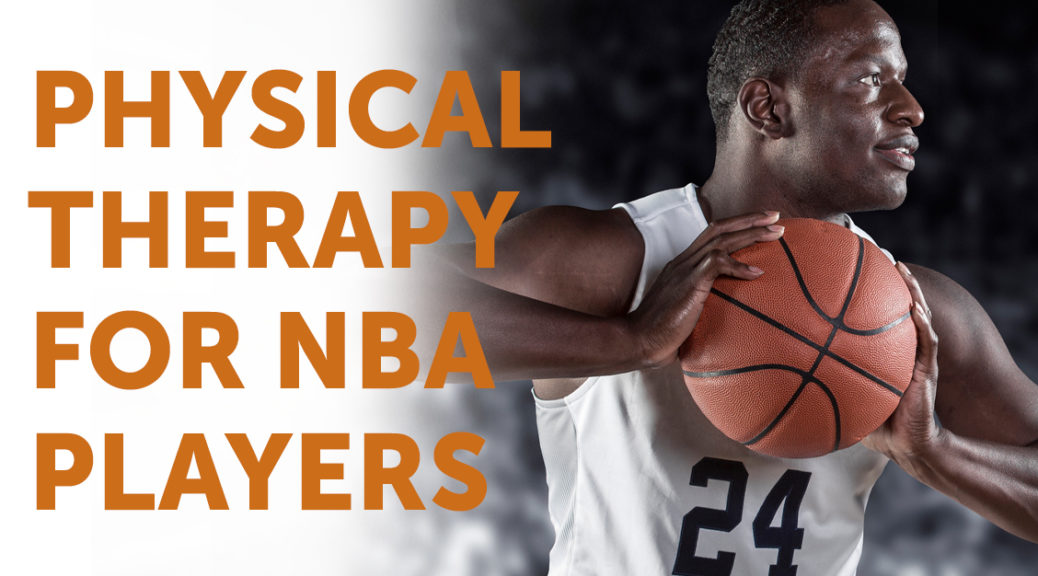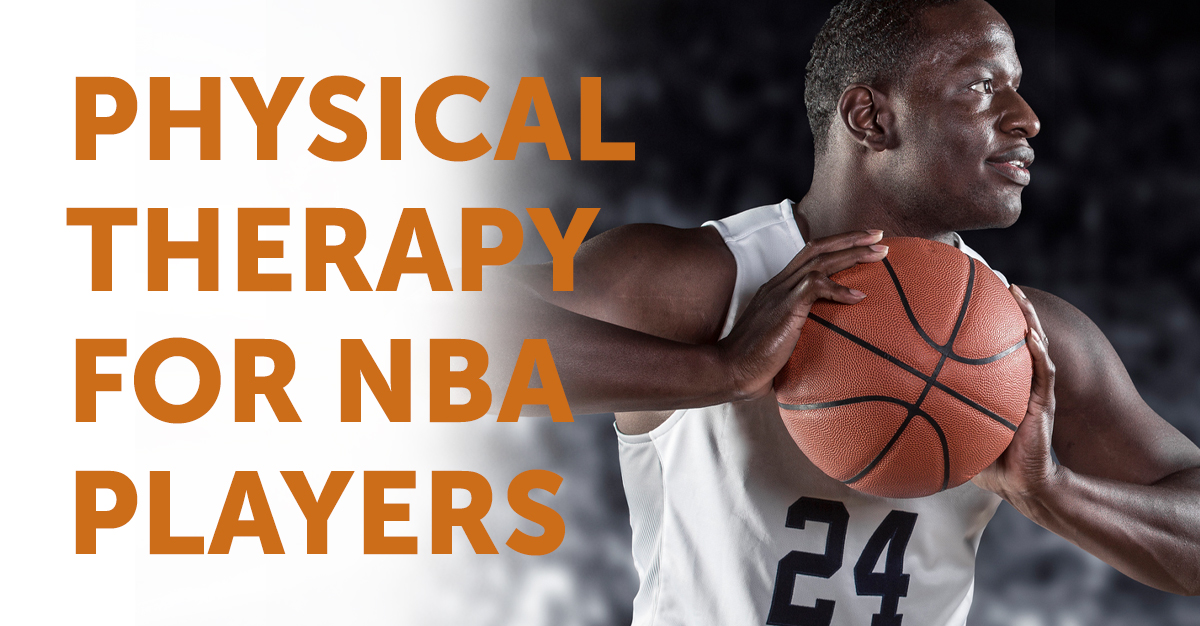Playing basketball is all about speed, fast breaks, agility, and high-impact movements. It is a vertical sport that includes jumping and landing activities that might lead to injuries.
Some of the best NBA players’ careers have been ruined because of injuries. This makes the need for physical therapists important, especially for NBA players.
A physical therapist working with basketball players knows the key factors that help minimize injury risk and maximize performance.
Certain injuries are more common in basketball and can impact a player’s overall performance in the game.
Here are the most common basketball injuries.
1- ACL and MCL Injuries
ACL (anterior cruciate ligament) is one of the key ligaments that connect the thigh bone (femur) to the shinbone (tibia). It helps stabilize your knee joint. ACL injury happens when a player stops suddenly or changes the direction, resulting in stretching and tearing in the knee tissue.
On the other hand, MCL refers to a thick band of tissue on the inside of your knee that connects the thigh bone to your lower leg. MCL (medial collateral ligament) injury happens when the side of your knee is hit hard. It could be due to a collision with another player.
2- Ankle Sprains
Ankle sprains are common in basketball, caused by overextension or a loss of balance when moving quickly. Basketball players are most likely to injure their ankle when they slow down, pivot, or land after a jump.
When the ankle rolls outward, the ligaments that connect the bones can stretch and tear. The injury could be as minor as stretching and as major as complete tearing of the ligamentous complex.
3- Fractured Kneecaps
In basketball, the kneecap fracture is mainly caused when the player lands directly on the kneecap. This can also happen if the knee is in a semi-flexed position during a fall.
The pain in this injury is felt behind the kneecap, where the knee meets the thigh bone. The pain is the result of excessive joint pressure due to poor kneecap alignment, affecting the joint surface behind the kneecap.
4- Hip and Thigh Contusions
Pelvis, hip, and thigh injuries in professional basketball players are extra-articular strains and contusions.
Hip and thigh contusions are common in sports like basketball, soccer, and football due to player-to-player contact. A sudden force to the quadriceps muscle causes the injury, which can significantly damage the tissue. This force is usually caused by another player, a sport attribute, or a misplaced fall on a severe object.
5- Patellofemoral Pain Syndrome
Patellofemoral pain syndrome refers to the pain in the front of the knee and around the kneecap. Sports players who participate in games that involve running, jumping, or squatting, frequently are more likely to face patellofemoral pain syndrome.
The increase in training intensity or volume puts repeated stress in the knee, resulting in pain behind the kneecap. Players with a tight hamstring, weak thigh, and hip muscles are at a higher risk.
Physical Therapy for Basketball Players
Physical therapy helps players avoid injury in the first place with targeted training. Most physical therapy programs for basketball players include stretching, strengthening, and conditioning.
1- Stretching Exercises for Inflexible Areas of the Body
After an evaluation, a physical therapist can work closely with athletes do determine the best treatment plan moving forward. Some common stretches used for basketball players include:
● Rotating stomach and side stretch
● Squatting leg-out groin and adductor Stretch
● Single heel-drop calf and Achilles stretch.
These basketball stretches are best after the workout to improve flexibility.
2- Strengthening Exercises for Weak Muscles or Muscle Imbalance
Every basketball player has a difference in strength, power, and stability between their right and left legs. The players’ dominant leg plays a role in imbalance. Players prefer to use the stronger leg, which increases the chances of injury when the weaker leg is forced to use. To help identify these imbalances, a physical therapist may recommend a Functional Movement Screening (FMS). An FMS is a quantifiable method of evaluating basic movement abilities, and will help your therapist determine and address areas of weakness and imbalance.
3- Manual (Hands-on) Therapy to Address Any Sore or Painful Areas
Manual therapy involves kneading and manipulating soft tissues and joints, which increase circulation, reduce scar tissue, relax muscles, and decrease pain. This hands-on approach combined with a full treatment plan often yields faster recovery times.
4- Basketball-specific Training That Mimics the Action on the Court
Basketball training should be relevant to the game to produce desired results. A basketball player’s training must go from highly general to very specific. The goal of basketball conditioning is to create a practice that is highly specific to the game. This maximizes players’ focus on skill and tactical development while reducing the chances of injuries during the match.
Final Thoughts
Injuries like ACL, MCL, and ankle sprains are more common in basketball. Prevention of injuries is an essential aspect of an athlete’s healthcare. Comprehensive physical therapy programs are generally provided to the NBA players. If you are in pain or looking to avoid a basketball injury on the court, please find the physical therapist nearest you.


